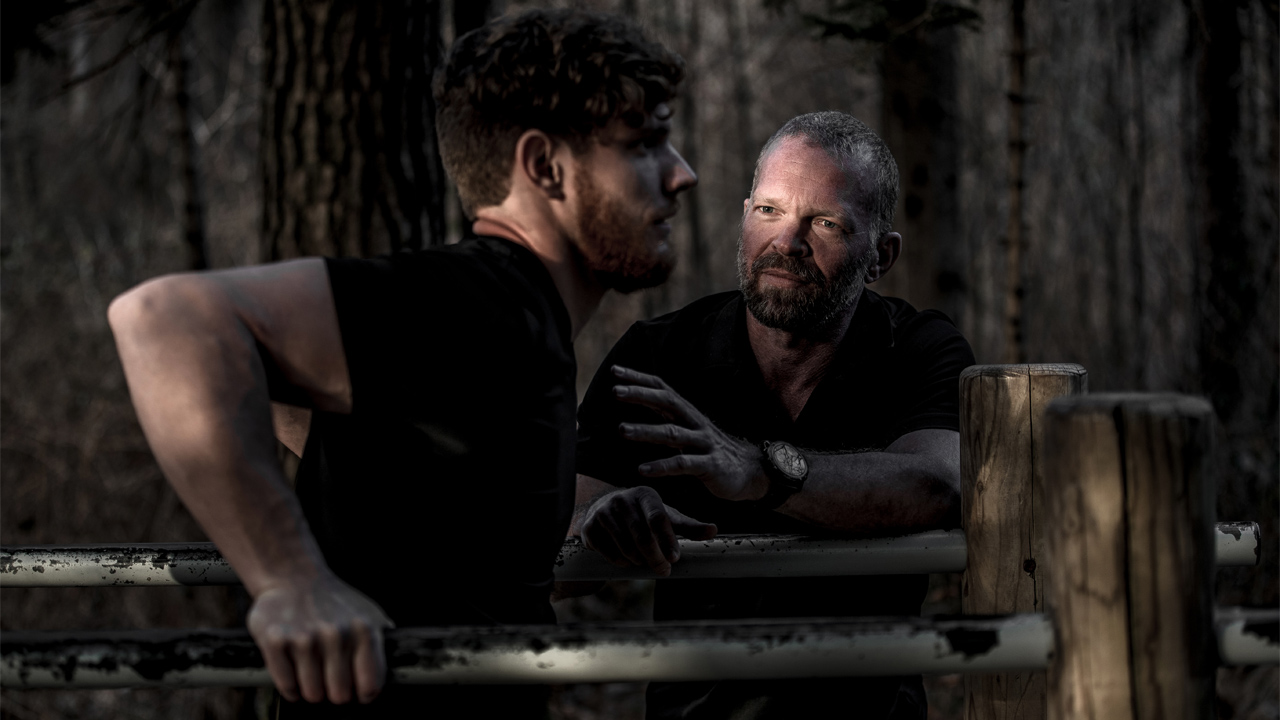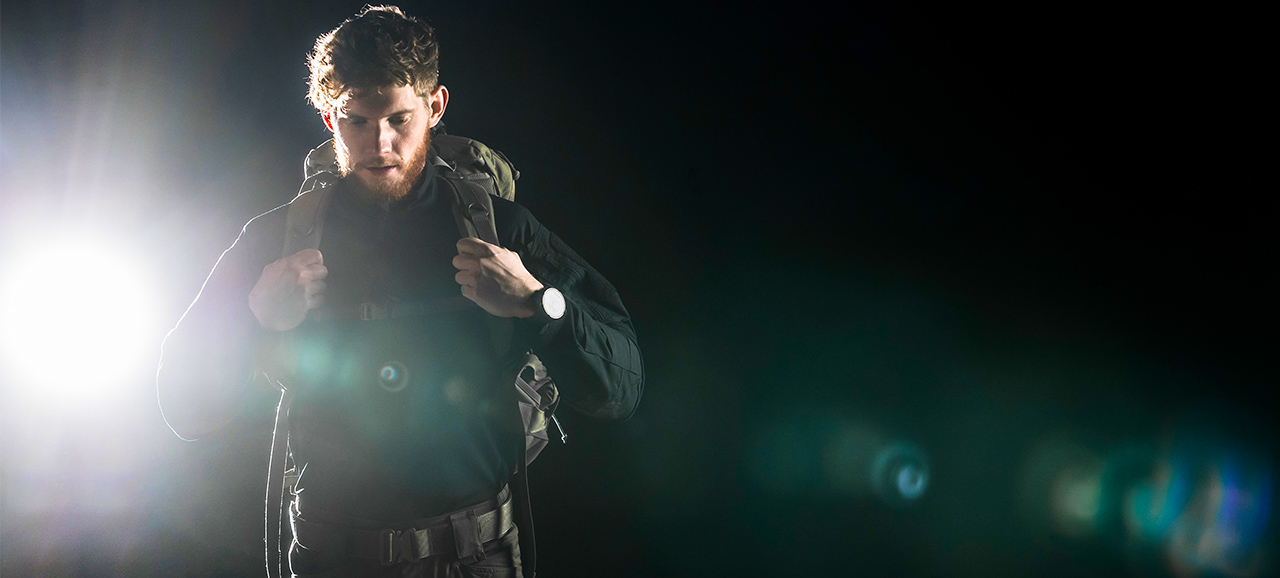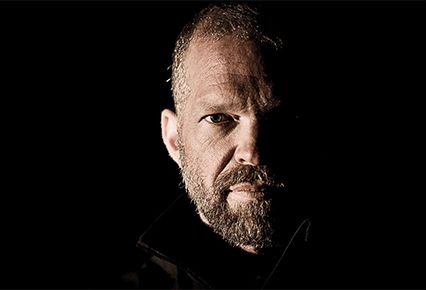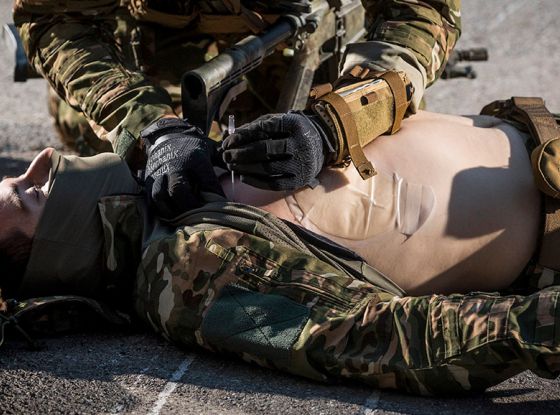Special Forces selection requirements are among the toughest of any. This post describes the mindset you must possess and lists the key intel you must gather before starting the SF selection process.
In this blog post:
Introduction
Special Forces selection begins with you obtaining intel—as much information as possible—about what you can expect from the SF selection process.
The most important piece of intel you need pertains to the SF assessment standard, because everything comes down to you being able to meet that standard.
The typical SF assessment standard will be divided into three elements: teachability, durability, and suitability.
- Teachability means you’re able to listen to other people, acquire new skills from them, and apply what you’ve been taught.
- Durability has two aspects. One is physical and consists of carrying around your own weight, extra gear, and possibly an injured teammate and his gear. The second is the ability to do all that in brutally difficult situations.
- Suitability is basically a character check. The examiners want to know if you are a good fit and can integrate with the team. Peer opinion is also important because it reflects how other teammates see you.
Information can come from two channels, official and unofficial.
Official information channels
You can source from official channels information about the physical standards you must meet. The copy of the standards you’ll obtain can spell out the number of pushups, pull-ups, and the like that you must perform. Or the standards can detail other types of measures by which you’ll be judged.
The physical standards typically vary by unit. For example, to qualify for the Rangers selection program, you must be capable of performing:
- 58 pushups in two minutes
- 69 sit-ups in two minutes
- Six pull-ups in two minutes
- Five-mile run in less than 40 minutes
Compare that to the U.S. Air Force program, which requires you to do:
- 40 pushups in two minutes
- 50 sit-ups in two minutes
- Eight pull-ups in two minutes
- One-and-a-half mile run in less than 10 minutes, 20 seconds
It also adds two swimming events. The first is an underwater dive to a depth of 25m, followed by a three-minute rest and then another 25m dive. The second event involves swimming a length of 500m in under 15 minutes.
Here’s another example of a different standard. In the Recon Marines assessment, for instance, they have to lift and carry a model of the Mark-19 grenade launcher, which weighs more than 30kg.
The point is, the standards differ and that’s going to affect the training you have to do. Therefore, you’ll find it wise to prepare for other stuff too, not just pushups, pull-ups, and other standard drills.
Remember, the physical standards are bare minimums. So, you don’t want to show up for the SF election process prepared only to do the minimum. Barely getting into the selection process doesn’t actually help you pass.
Moreover, the physical standards are an objective evaluation. You’re also going to be evaluated subjectively.
That means they’re going to test your character.

This test begins with the impression you make. First impressions are lasting impressions—and most people form a first impression of you in less than a second. So make sure the first impression you make is a good one.
Being on-time for that first encounter is one very effective way to make a good impression (as is punctuality in general). You also need to give the impression that you put a lot of effort into your preparation.
Another aspect is your attitude. The SF selection process is designed to break you down and expose flaws in your attitude and character. Attitude consists of your view of certain problems, your attentiveness to detail, whether you take responsibility for things, and your ability to operate in extreme situations.
When the examiners ask you a question, my advice is to always think before answering. And be honest because they will try to catch you lying—if they do, you are probably gone from the selection.
Another tip: maintain your composure. You won’t win anything if you’re goaded into a heated argument.

Unofficial information channels
Some of the most helpful intel you can obtain comes from insiders. To access such intel, you need to turn to unofficial information channels.
A very productive unofficial information channel is the guy who has already participated in the SF selection process. Ask him about his preparation and what he would change about it if given the chance.
The best option would be to find someone who is right now a member of the SF team you’re trying to join. Solicit this person for advice.
Also, go online to search for articles and podcasts from people who were part of the SF selection process. There’s a lot of content like that out there and worth looking into.
The SF selection process
You will encounter many challenges during the SF selection process. One is teamwork. While working in a team (and depending on the situation), you have to be as good a leader as a follower.
Leaders have to demonstrate they know how to allocate tasks, rotate people through, and keep everyone motivated and ready. Leaders have to show they can handle stress and possess awareness that the team always comes first.
There will be plenty of environmental challenges as well. These include having to ensure cold, heat, snow, rain, exhaustion, and hunger.
My advice is to get comfortable being uncomfortable in each of these situations. Do yourself a favor and consume lots of vitamins and minerals to counter the effects of stress and exhaustion (which can increase the chances of you getting sick).
It’s also important that you keep a positive mindset.
The mindset
There are techniques to help you keep the positive mindset. The most important thing is your “why”.
Your “why” is the reason why you want to join this SF unit. The why is different for everyone. When it comes to yours, it’s important to think about it deeply and find a reason why you are doing this.
Once you have your reason, you are unstoppable. Your body may break but your mind does not. Pain is only temporary, but quitting isn’t an option.
Two other matters relevant to mindset are microgoals and visualization.
Micro goals. These are achievable little goals that enable you to reach your end goal without sabotaging yourself along the way. By focusing on small goals, you prevent your mind from focusing on the massive ultimate goal, which can seem so overwhelming as to convince you to not even bother trying to reach the end.
Visualization. It can help you pass the SF selection proces if, in your mind, you visualize yourself as already having passed. Visualization can be used in other types of mental training, like preparing yourself to overcome obstacles and perform difficult tasks.

A massive problem that people face is negative self-talk. This happens when your ego tries to convince you to give up. It’s vital that you right away put a stop to this negative conversation.
One way to stop it is by fighting back with positive self-talk. For this, you’ll use motivational phrases. It also helps having strong core beliefs and a mantra.
What’s a mantra?
A mantra is a short phrase you recite over and over. Its power comes from its ability to speak to you, which serves to keep your brain busy. As a result, your brain isn’t able to worry about situations or even feel pain. By practicing your mantra, you can learn how to use it in your subconscious.
You can also use body posture to boost your mindset. It’s possible to trick your emotions into getting onboard with your goals by adopting the right facial expressions and physical stances.
For example, the brain associates a posture of confidence as a source of positive feelings, so it releases the hormones adrenaline and serotonin which in fact produce positive feelings.
What you don’t want is for your brain to release cortisol, which supports negative feelings. So don’t slump when you stand, because the brain associates that posture with defeat.
Another trick is this: we usually associate pain with something negative, but you can also tell yourself that pain is something positive. The positive aspect of pain is that you can feel it—and because you feel it, it can only mean that you’re still alive.

Meditation helps too. It calms you down and gives you better access to your subconscious. It also gives you some time to really think about what you want. As a bonus, it has a positive effect on bodily regeneration and hormone levels. Many different forms of meditation exist. Choose the one you like the best.
Reframing is another technique that may be useful when you’re in a bad situation. Reframing means looking at your situation from a different angle. For example, by shifting into an angry frame of mind, you release adrenaline. This gives you more energy and dulls the pain. Or you could do the opposite and reframe into a relaxed mental state.
Conclusion
It certainly helps showing up at SF selection with a high level of confidence. To get confidence, you need to challenge yourself and do things that you are afraid or uncomfortable to do. For example, if you don’t like being wet and cold, try facing it before selection begins.
The most important thing of all is to never quit. At SF selection, they will try to get you to quit. But no matter the challenge they give you or the things they tell you, you are still in it. The only one who can actually kick you out of the selection process is you.




